Soccer Goal Sizes
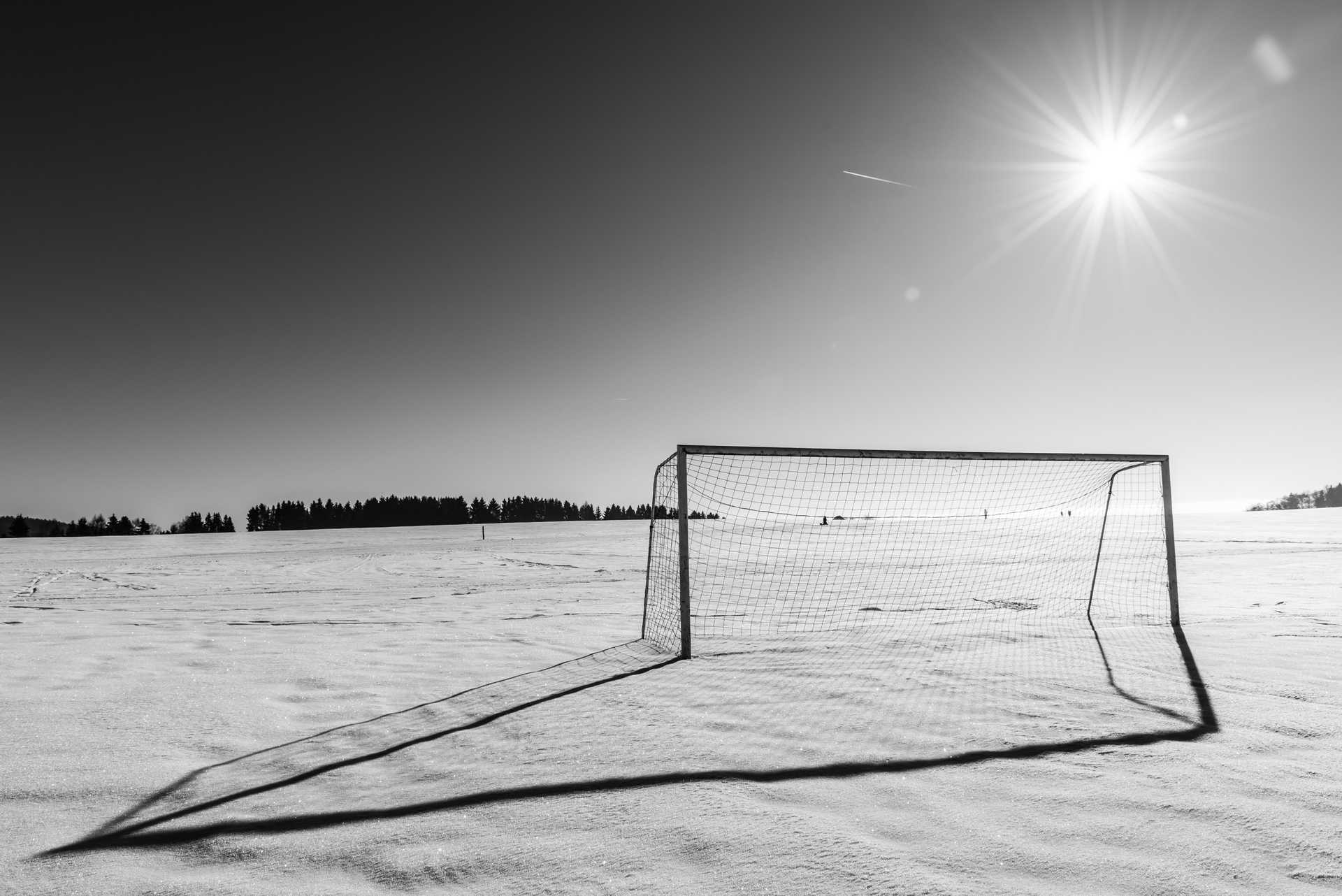
Not all soccer goals are created equal. From youth leagues to professional stadiums, the size of soccer goals can vary greatly. Understanding the different sizes and their significance is crucial for players, coaches, and fans alike. This article will explore the standard size of regulation soccer goals, variations in size for different levels of play, and the impact of goal size on the sport.
Let's start with what the official rules say about the dimensions for a full-size professional soccer goal.
Adult soccer goal dimensions
A full-size soccer goal can be used from the ages of 15 and above.
The distance between the insides of the posts should be 7.32 meters (8 yards).
The distance from the ground to the lower edge of the crossbar should be 2.44 meters (8 ft).
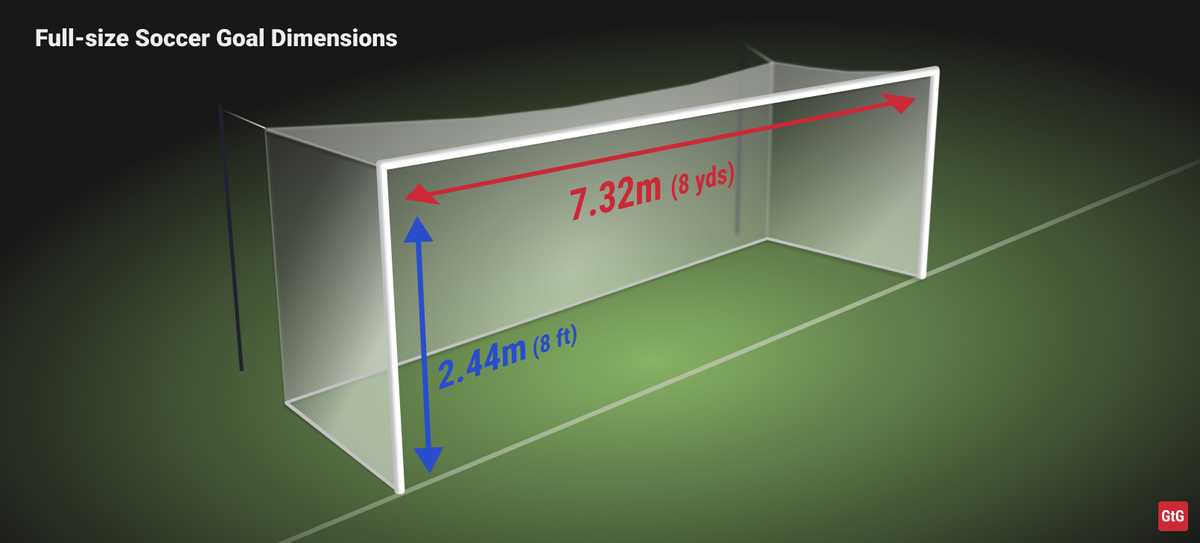
U13 - U14 soccer goal dimensions
The distance between the insides of the posts should be 6.4 meters (7 yards).
The distance from the ground to the lower edge of the crossbar should be 2.13 meters (7 ft).
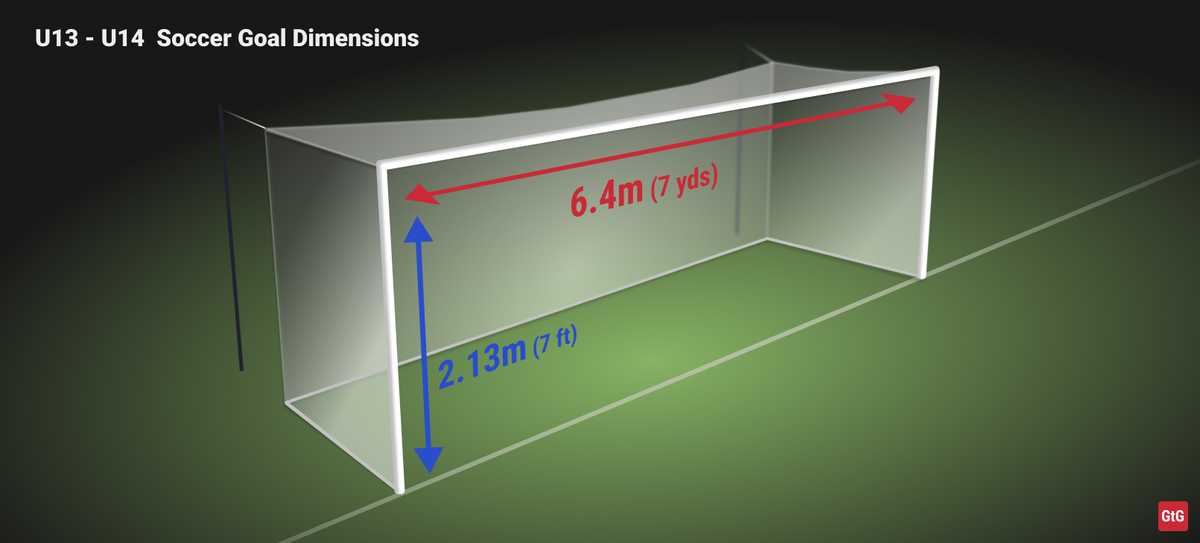
U11 - U12 soccer goal dimensions
The distance between the insides of the posts should be 4.88 meters (16 ft).
The distance from the ground to the lower edge of the crossbar should be 2.13 meters (7 ft).
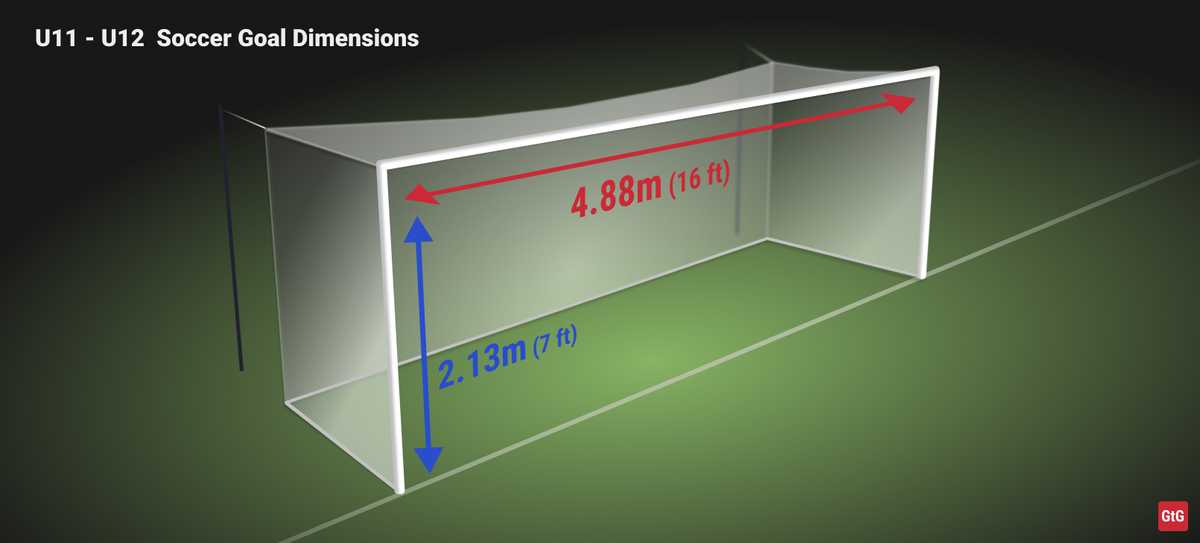
U7 - U10 soccer goal dimensions
The distance between the insides of the posts should be 3.65 meters (4 yards).
The distance from the ground to the lower edge of the crossbar should be 1.83 meters (6 ft).
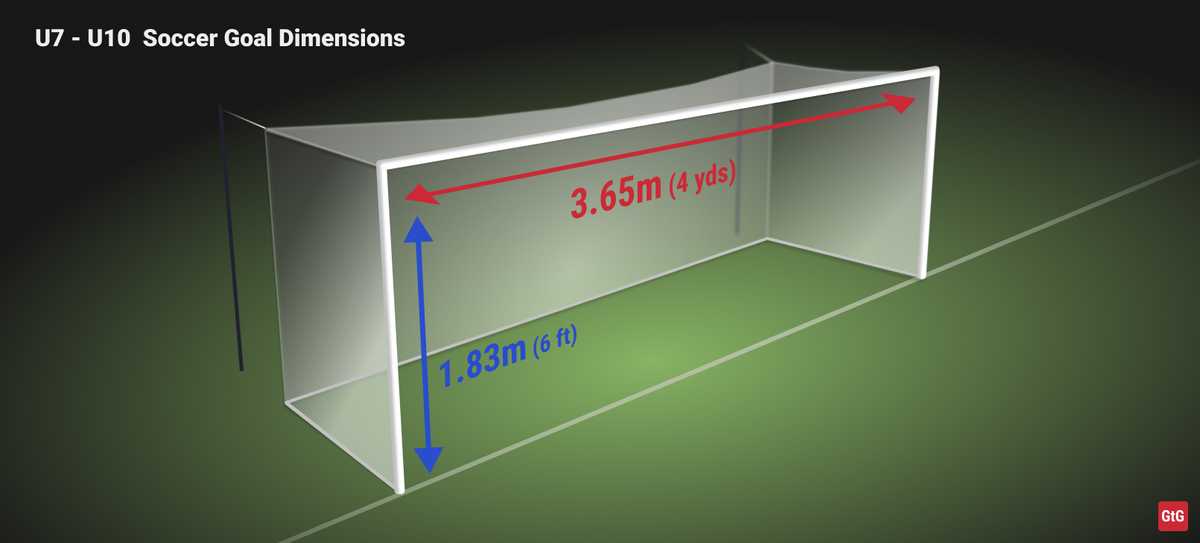
Goalposts
How wide should goalposts be?
The goalposts and crossbar must be white and have equal width and depth, which must not exceed 12 centimeters (5 inches).
Where should the goalposts be positioned?
The goal must be placed at the center of each goal line. The goal line should be the same width as the goalposts. The goalposts should be positioned so that the front edge of the goalpost aligns with the front edge of the goal line.
Goalpost materials
When purchasing a goal, you should ensure that it is made from an approved material and that it conforms to the latest safety standards (BSEN 748, BS 8462, PAS 36/2000).
The materials that are usually used to build goalposts are PVC, Steel, and Aluminium, and each will have its advantages and disadvantages.
Aluminum
Aluminum goalposts are the choice of the elite and are used in many of the major leagues. Aluminum is lighter than steel but is still very strong.
UPVC
UPVC goals are perfect for usage in the backyard as they are extremely lightweight and can be assembled/disassembled very quickly and easily.
Steel
Steel goals are extremely robust and can be used on all surfaces. They are heavy, so not easily moved and dismantled, but they are strong and will stand the test of time.
Goal safety
Unsafe or incorrect usage of goalposts can result in serious injury or even fatalities. The following guidelines should be used to ensure the safe usage of goalposts.
- Goalposts of any size should always be safely anchored to the ground, or have a weighted back bar. This is a requirement of the laws of the game.
- No player should ever be allowed to swing on the structure of the goalposts, as they may overturn.
- Portable goalposts should be dismantled and stored in a safe place after use to prevent unauthorized use.
- Metal hooks are not allowed to be used to attach the net to the goalposts. Nets can be secured using plastic fixings or tape.
- Wooden goalposts are unlikely to pass stability tests and should be replaced with compliant metal, aluminum, or UPVC goalposts.
General goal rules
- The goalposts and crossbar must be made of an approved material and must not be dangerous.
- Both goals must be the same shape, which must be square, rectangular, round, elliptical, or a hybrid of these options.
- Nets can be attached to the goal and fastened to the floor behind. They must be properly supported and not interfere with the goalkeeper.